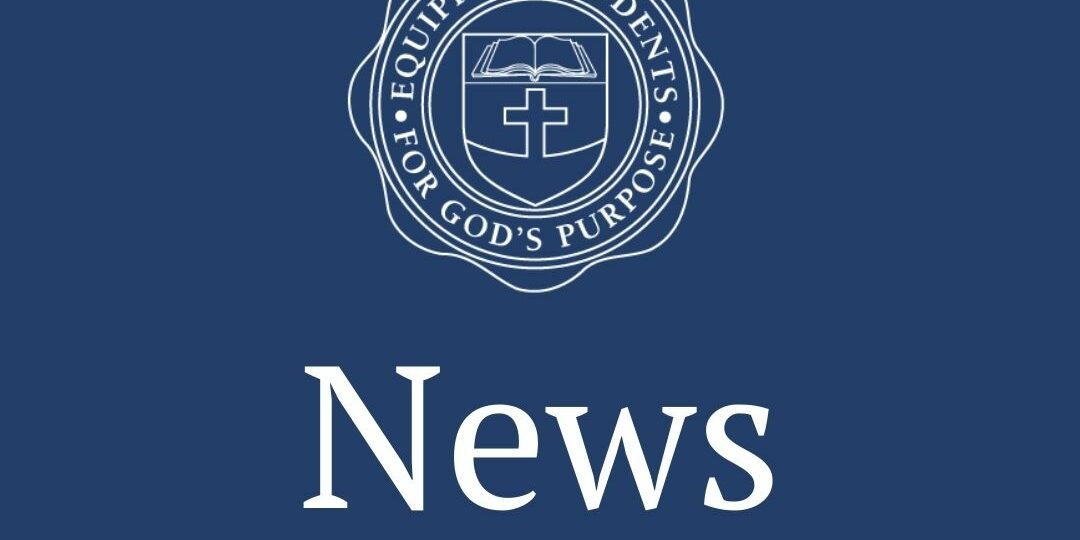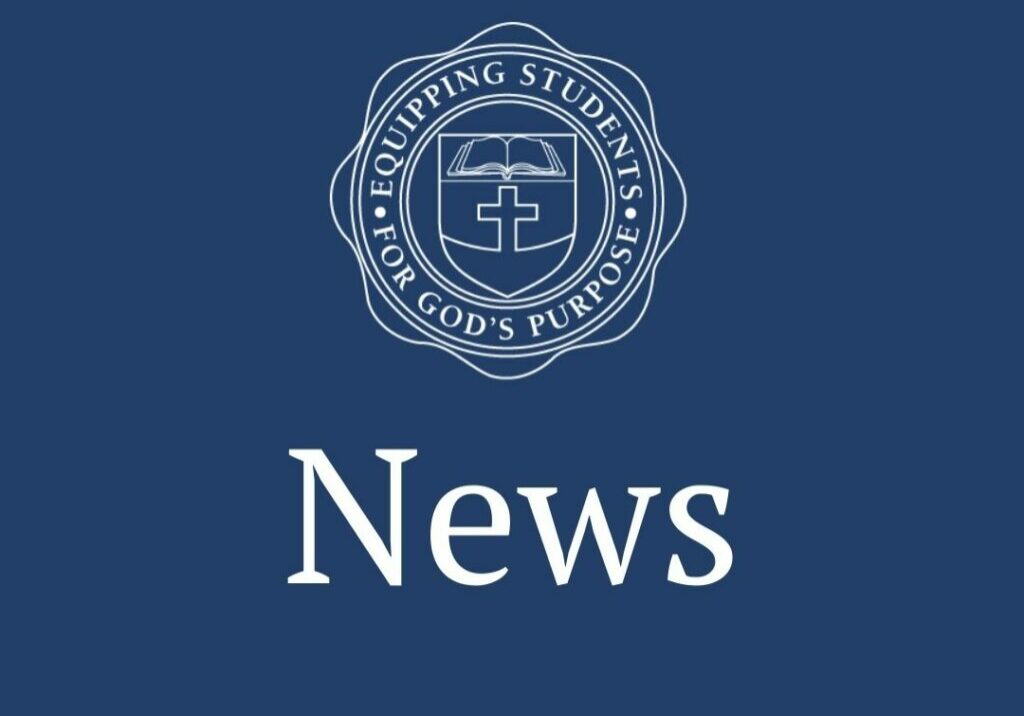High School News – January 2023

This month high school took on the challenge of a new year with ease. They enjoyed the Snow Ball with fun games, food, and of course dancing after tackling our second round of NWEA assessments.
In Pre-Algebra, students recently completed the unit on rational numbers and how to compare, add, subtract, multiply, and divide with negatives. They worked on a budgeting project where they selected a home, car, job, and size of family; they learned how to use a check register to see how different expenses and payday affected their bank accounts. Everyone was excited when payday came! It was a great way for them to see a real life example of how they would use addition and subtraction of rational numbers. Everyone ended with a positive balance! The class moved on to their unit of solving multi-step equations. They used tape diagrams to represent these equations and gaining a sense of the reasoning behind why we solve equations the way that we do. Algebra class recently completed their unit on functions and volume. The students learned what a function is, looks like, and how to solve one with a given input. They also learned how to create a function equation out of real life situations, as well as how to graph these functions. This unit also included finding the volume or another unknown value of cylinders, cones, and spheres. There was a lot to learn! As a review of their respective units pre-algebra and algebra students played the “Unfair Game.” It got quite competitive! It was a fun way to learn, and the students all ended up with some fun prizes as well as a deeper understanding of the content. Algebra moved on to working on simplifying exponential expressions using the different exponent rules. They covered multiplying exponents with the same base and how to find powers of powers. Each day the students had fun applying their new information with story time, a scavenger hunt, and a mad lib. It was so much fun! In Geometry, students began a unit on Similarity and Right Triangle Trigonometry. They started this unit by using dilation to understand proportionality and similarity. One activity they completed was looking at common proportions found in the human face. They will build upon these concepts to establish Similarity Theorems, which will then lead into similar right triangles to develop definitions of trigonometric ratios of acute angles and use these ratios to model the real world. In Pre-Calculus, students began a new unit on Polynomials. They started the unit by looking at rates of change for linear, quadratic, and cubic functions. The class moved on to looking at roots of polynomials and how to find them by using the quadratic formula, factoring, and long division. They also revisited the Fundamental Theorem of Algebra and what that means for the roots of polynomials. Finally, these skills will be used to graph polynomials and look at real world applications using volume. In Applications of Math, students started a new project called the “The Big Dig” based on the work of archeologists. Students collected data from their peers and adults. They used formulas to analyze the data and predict heights. Finally, each student displayed and reflected on their results.
This month in Humanities: Civics and Social Systems, students continued their study of the early American colonies. They examined the political and cultural atmosphere of the time with an emphasis on where we came from and how we developed the government and society that we have today. To fully grasp the Puritan history of the early colonies, they read The Crucible. Despite being written in the 1950’s, this play offers an insightful look into the social dynamics of Puritan Salem, and it offers students a chance to live and act out the colonial court proceedings. Beyond this they began to examine the American Revolution and the Constitutional Convention where they dived deep into the U.S Constitution, the Declaration of Independence, and other foundational documents of the American government. One Wednesday during Chapel, students in Humanities: Migration and Change taught the very important history and theology of the Reformation to the entire high school. These eleventh and twelfth grade students explained the events that led to the reform movements of Martin Luther and John Calvin as well as the theology of the Reformers and the medieval Catholic Church. Before presenting, they spent class time compiling data, sorting the need-to-know information, and preparing their lectures, becoming experts of Reformation theology and history in the process. They finalized their study and demonstrated their mastery to an eager audience. The presentations were wonderful!
In Ethics class this month, students continued to look at Matthew 5-7, the Sermon on the Mount, as the ethic or how to live in the Kingdom of God. Specifically, they focused on the “Beatitudes” or Jesus’ introduction to that sermon. These show us how a fully-formed, fully-functional disciple of Jesus chooses to live, and require a continual progression from one step to the next. The New Testament Theology class focused almost all of this trimester so far on Spiritual gifts. They covered who gives Spiritual gifts, what their purpose is, why they are given, and when we are given them. Students even took an inventory to help point them in the right direction regarding their gifting. These inventories are not an exact science, but simply help individuals see where they may have been gifted. As they begin to put gifts into practice, they will learn more about their gifting. This month, the in-class discussion wrapped up on this topic, and the class moved to discussing Jesus as the head of the church, and what that means for us as Christians.
Economics class worked on tracking expenditures and creating a personal budget so that each student can see exactly how much they spend and on what. We all know that anyone can easily spend more money than they realize. The goal of this unit is to help them see how much they actually spend, and help them compare that number to how much they think they spend. If students can learn early how to make and stick to a personal budget, they can much more easily save for larger purchases, and set themselves up for financial success in the future.
Way to start the year off strong, high school. We can’t wait to see what you do in February.

